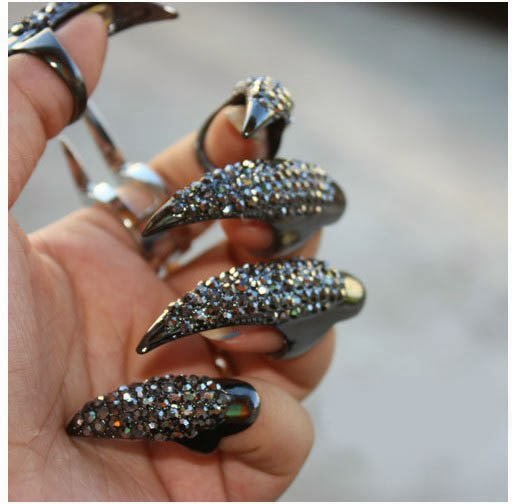Nailing It: Claw Nails
From narrow and small, to curved and fanned, nails may come in an array of shapes and sizes, but not everyone is blessed with a perfectly formed nail plate.
Although 'claw' nails are often associated with being thick and strong, their hooked growth can not only appear unsightly, but the nail will form a weak point where the curve is at its greatest.
Not a problem right? Wrong!
Anyone who suffers with claw nails will know that this particular shape is prone to unwanted cracking, and breaking where the nail curves over the fingertip. This is due to their hooked growth creating uneven pressure once subjected to knocks, forcing nails to break low down.
A great tip is to use a skillful filing technique to successfully banish the 'hooked' effect and minimize breakage. This can be achieved in two ways...
If the nail plate is thick and wide, thin the sides to create a more delicate and attractive oval or almond shape.
If the nails have an excessive sideways curvature, allow the sides to grow straight forwards to add width to the shape.
Remember, claw shaped nails should never be left to grow too long. Simply filing away the length as the nail begins to 'hook' over will help to disguise any unwanted downward curving, while successfully maintaining this problem shape.



Comments
Post a Comment